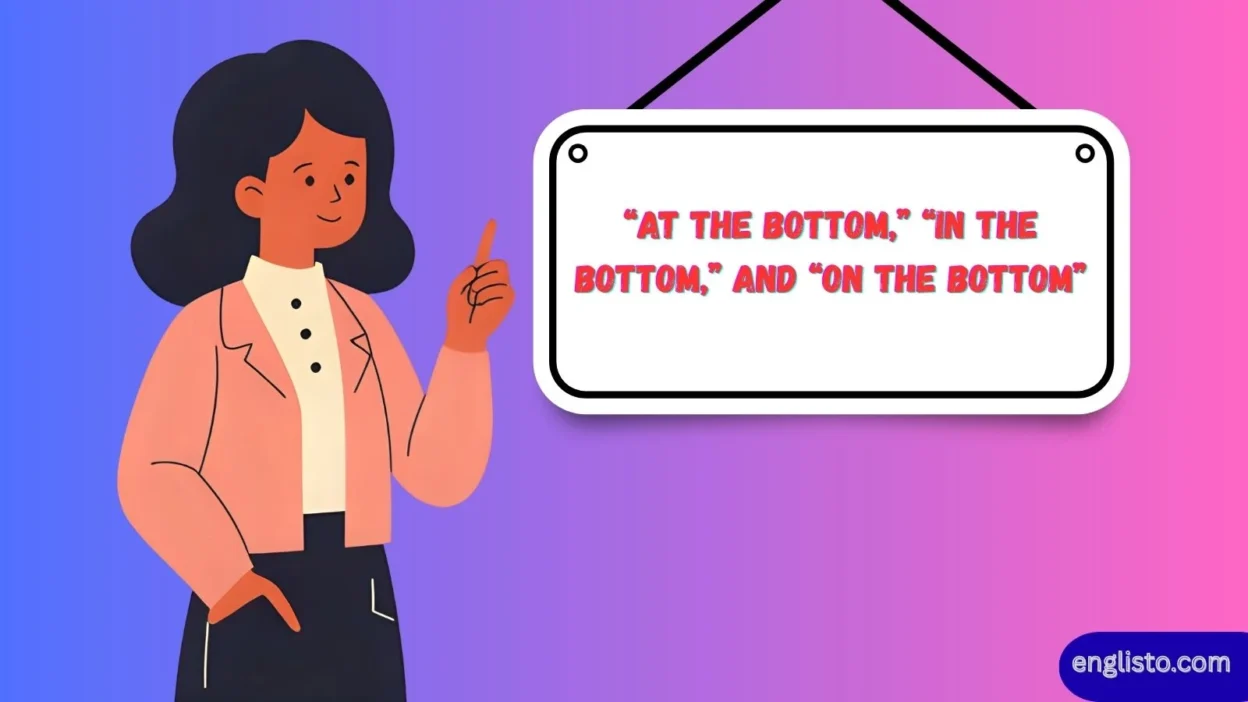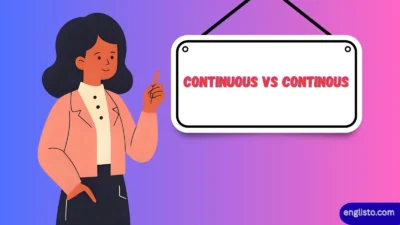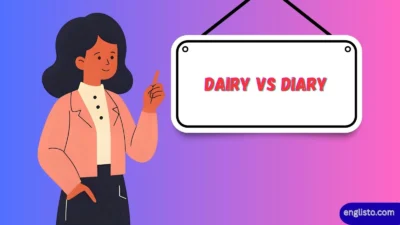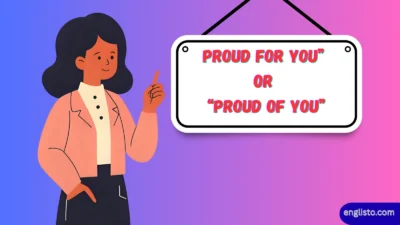Language is tricky. Sometimes, the difference between sounding natural and awkward comes down to just one tiny preposition. English learners (and even native speakers) often get stuck deciding whether to say “At the Bottom” “In the Bottom” and “On the Bottom”.
Although these phrases look almost identical, they don’t mean the same thing. The choice depends on context, imagery, and grammar. This guide will break them down in detail, showing you exactly how to use each one correctly—with examples, comparisons, and easy-to-remember tips.
Whether you’re writing a formal essay, speaking in casual conversation, or polishing business English, mastering these expressions will make your English sound smoother and more precise.
Why Prepositions Matter in English
Prepositions like at, in, and on act as glue in sentences. They connect nouns and verbs, giving us details about position, direction, and relation. But here’s the catch: prepositions don’t always follow logic. Instead, they follow usage patterns developed over centuries.
For example:
- We say “on the bus” but “in the car.”
- We say “at the corner” but “in the corner of the room.”
When it comes to “bottom,” the preposition changes the mental picture:
- At the bottom = location at the lowest point
- In the bottom = inside something, lowest interior part
- On the bottom = surface area underneath
Think of it this way: English prepositions are not about hard rules—they’re about imagery and idiomatic use.
Understanding “At the Bottom”
“At the bottom” is the most common of the three. It’s used to describe the lowest point or position of something—without going inside or talking about a surface.
Core Meaning
- Refers to a location at the lowest part of an object, space, or situation.
- It gives a sense of position, not contact or enclosure.
Examples in Sentences
- The treasure chest was at the bottom of the ocean.
- His name is at the bottom of the list.
- There’s a small café at the bottom of the hill.
Notice how in each case, “at the bottom” signals the end point or lowest section.
Idiomatic Usage
- “At the bottom of it” = the real cause or truth.
“Greed is at the bottom of most conflicts.” - “Rock bottom” (similar idea) = the lowest emotional or financial point.
Visual Memory Trick
Think of Google Maps: the pin drop at the lowest point is “at the bottom.”
Exploring “In the Bottom”
“In the bottom” is less frequent but still correct. It’s used when something is located inside a container, pocket, drawer, or vessel, at the lowest interior part.
Core Meaning
- Refers to being inside something, in its lowest section.
- Requires an enclosed or partially enclosed space.
Examples in Sentences
- I found coins in the bottom of my backpack.
- There’s dust in the bottom of the drawer.
- The coffee grounds settled in the bottom of the cup.
Here, the focus is on interior placement rather than external location.
Common Collocations
- In the bottom of a glass
- In the bottom of the bag
- In the bottom of the pot
Visual Memory Trick
Imagine a jar: if something sinks and rests inside, that’s “in the bottom.”
Clarifying “On the Bottom”
“On the bottom” describes something resting on the surface of the underside. It’s about contact with the lowest exterior side of an object.
Core Meaning
- Refers to surface contact at the underside of an object.
- Implies touch, attachment, or visible position.
Examples in Sentences
- There’s a price tag on the bottom of the chair.
- The shoes had mud on the bottom.
- A label was stuck on the bottom of the bottle.
Idiomatic Expressions
- “On the bottom rung” = lowest level of a hierarchy.
“He started his career on the bottom rung of the ladder.”
Visual Memory Trick
Flip something upside down—whatever sticks to the outer lower surface is “on the bottom.”
Side-by-Side Comparison
To really understand the differences, let’s look at them in a comparison table.
| Phrase | Core Meaning | Examples | Common Contexts |
| At the bottom | Lowest point/position, not enclosed | At the bottom of the hill/list/stairs | Geography, lists, explanations |
| In the bottom | Inside something, lowest interior part | Coins in the bottom of the drawer | Containers, pockets, vessels |
| On the bottom | Resting on underside surface | Tag on the bottom of the chair | Labels, stains, physical contact |
Real-Life Usage Scenarios
Let’s apply these phrases to everyday situations:
- Backpack story:
“I found my keys in the bottom of my bag.” (inside, lowest section) - Exam results:
“My name was at the bottom of the list.” (lowest position, ranking) - Furniture shopping:
“The price sticker is on the bottom of the table.” (underside surface)
Synonyms and Alternatives
Sometimes, you can replace these phrases with synonyms or descriptive expressions.
| Expression | Synonym/Alternative | Example Sentence |
| At the bottom | At the foot, at the base | There’s a bench at the foot of the hill. |
| In the bottom | Inside the base, deep in | Coins lay deep in the bottom of the jar. |
| On the bottom | Underneath, on underside | The gum was stuck underneath the desk. |
Grammar Deep Dive: Why “At” vs. “In” vs. “On”?
To make this crystal clear, let’s link them back to grammar rules.
- At = a point or position. Neutral, not inside or on.
- In = an enclosed space. Interior positioning.
- On = contact with a surface. Exterior placement.
Think of the hill, the drawer, and the chair:
- “At the bottom of the hill” → external lowest point.
- “In the bottom of the drawer” → interior lowest space.
- “On the bottom of the chair” → exterior underside surface.
Common Mistakes to Avoid
- ❌ “I found coins at the bottom of my bag.”
(Correct: in the bottom of my bag) - ❌ “The café is in the bottom of the hill.”
(Correct: at the bottom of the hill) - ❌ “There’s dust on the bottom of the drawer.”
(Correct: in the bottom of the drawer)
Mistakes happen when learners forget to picture the context: Is it inside, outside, or just lowest?
Cultural and Idiomatic Nuances
Native speakers often use these phrases metaphorically:
- At the bottom of my heart = deeply sincere.
- On the bottom rung = lowest job or status.
- In the bottom drawer = hidden away, secret.
These idiomatic uses go beyond literal meaning, showing how flexible prepositions can be.
Quick Reference Guide
Here’s a fast decision chart to pick the right phrase:
- If you’re talking about location at the lowest point → use at the bottom.
- If it’s inside something enclosed → use in the bottom.
- If it’s resting on the underside surface → use on the bottom.
Final Thoughts
English prepositions don’t always follow logic, but they do follow patterns of imagery. By visualizing:
- a hill (at),
- a drawer (in),
- a chair (on),
—you can master the difference between “at the bottom,” “in the bottom,” and “on the bottom.”
It’s not about memorizing boring rules. It’s about painting the right mental picture.



